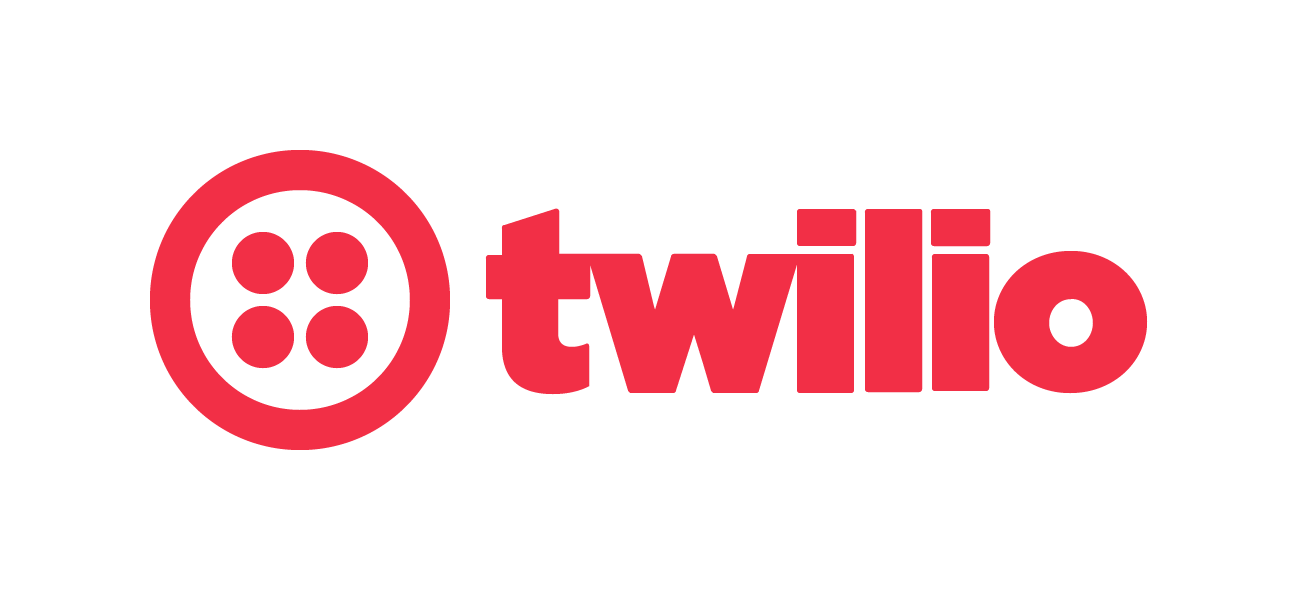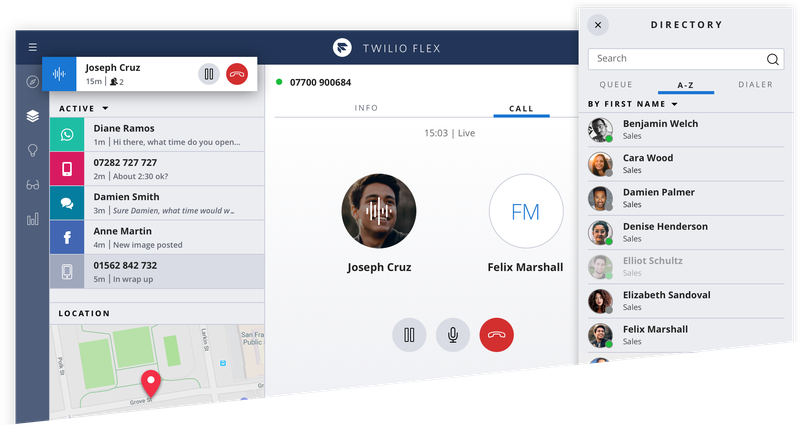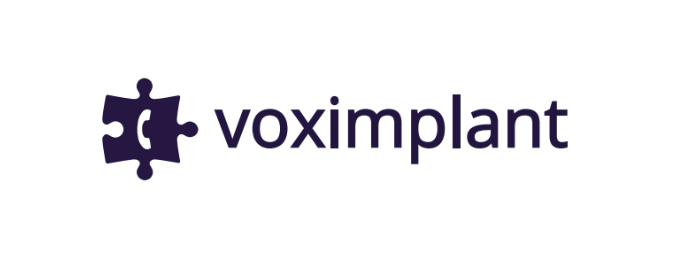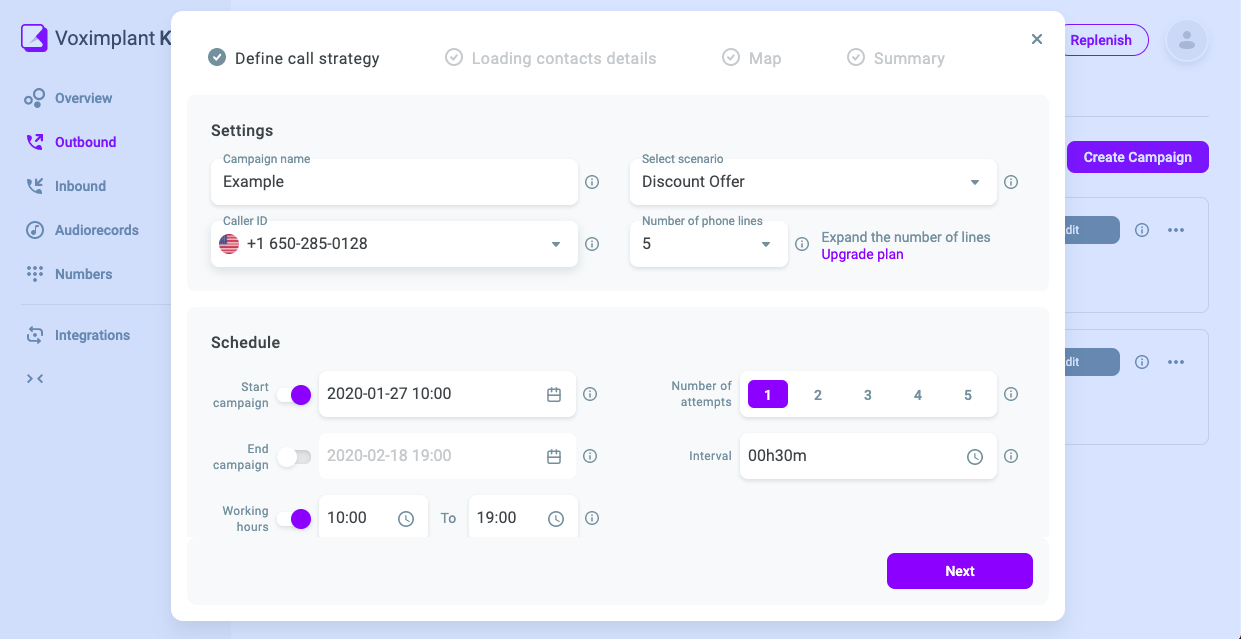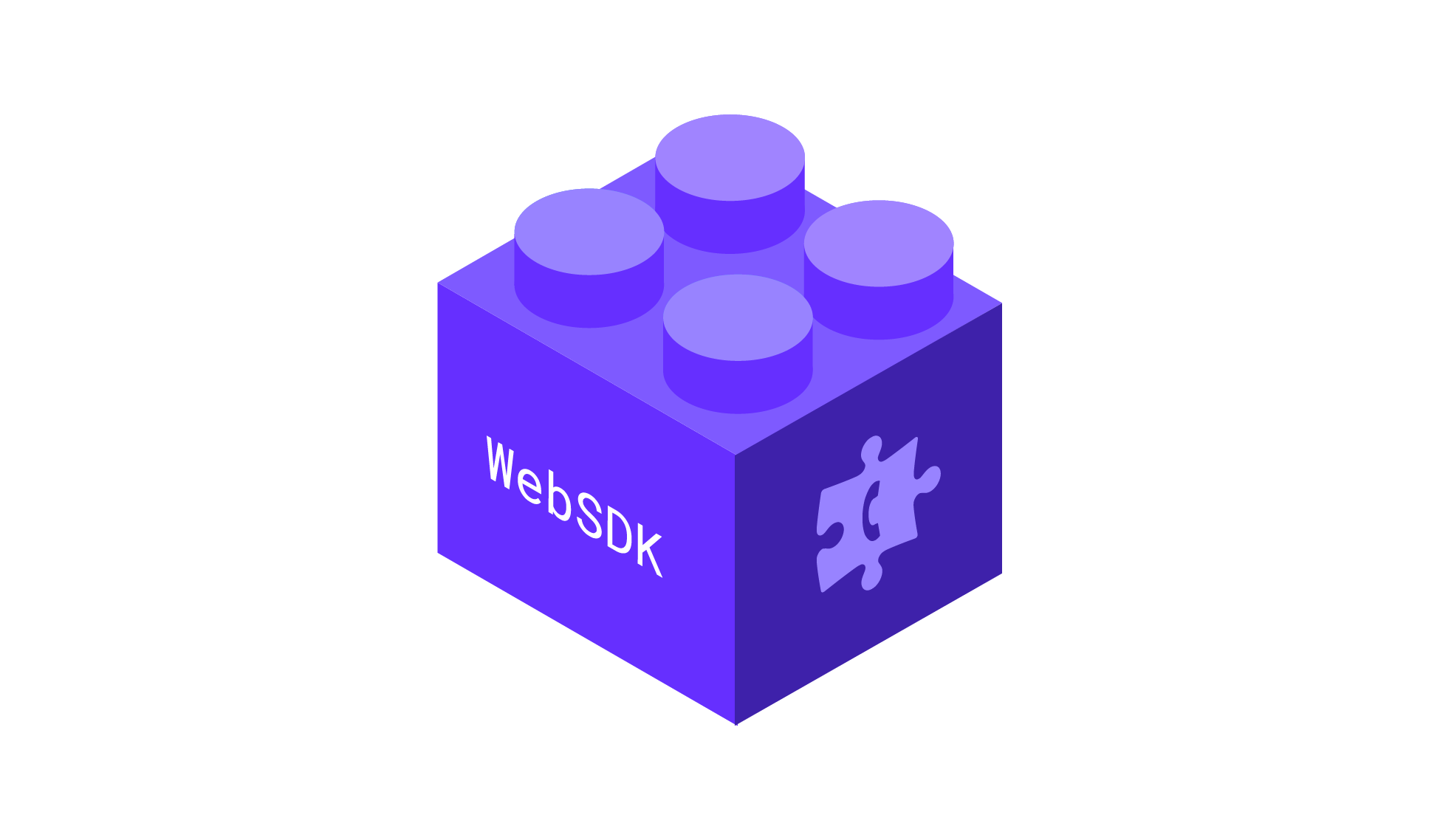So, you want to implement communication functions in your app. Whether you’d like your users and customers to be able to make voice calls, video conference calls, or simply chat via the software, it’s now possible, all thanks to Communication Platform as a Service (CPaaS). Communication functions are integrated into the app via an API, helping businesses keep customer satisfaction high and hassle and complaints low.
Twilio Voice and Voximplant are two leading solutions in the CPaaS space. Are you considering integrating communication features into your API? Learn all about these tools and what they can do for your product.
What Is Twilio Voice?
Used by the likes of Lyft, Shopify, Airbnb, Netflix, Spotify, and many others, Twilio Voice’s API allows users to make, receive, and facilitate calls across the globe. Some of the solutions it offers are programmable cloud-based call centers, custom notifications, voice and video calls, burner phone numbers, tracking calls, and much more.
Twilio boasts that more than 9 million developers in more than 180 countries, and use the API to boost their apps.
Pros
Twilio Voice offers seamless integration.
Users praise Twilio Voice’s ability to integrate well with other software and products. The company offers plenty of tools and integrations for a seamless developer and user experience, both for the company and its consumers.
There is reliable support.
Another advantage of the API is that Twilio offers excellent customer service, solving queries readily and quickly, according to companies that have embraced it — even if you won’t need to use it often. The API is highly reliable and functional, and when there are (rare) glitches, Twilio acts on real-time feedback to resolve them.
You’ll need few external resources.
Developers can integrate Twilio Voice into their projects using their preferred language. They can also build their own tools to customize their products. You won’t need additional hardware or software.
Cons
Implementation requires technical skills.
The biggest complaint about Twilio is that it demands strong technical skills to implement into your project. In other words, if you’re not a developer, you probably won’t be able to use the API. Even for skilled developers with strong coding skills, the API can take a while to manipulate.
It’s pricier than some of the alternatives.
Twilio Voice is also relatively costly, especially when compared with some of the alternatives and competitors on the market.
What Is Voximplant?
Another option is Voximplant. The platform enables real-time voice, video, and messaging features to be added to an app. Offering scalability, stability, and high functionality, it is a reliable API trusted by Hyundai, Home Credit Bank, KFC, Burger King, and many other businesses across a range of industries.
Pros
Voximplant is user-friendly.
A major check in the “pro” column is the fact that Voximplant is easy to use by people with a development background and those without one. You don’t need to implement complicated backend infrastructure, so really, people with less knowledge of coding can use the API alongside experienced developers.
It’s highly flexible.
Another advantage of using Voximplant is that the API is flexible. It has a range of functionalities, and you can customize implementation, including scaling it as your app demands.
It offers strong documentation and developer tools.
Developers and users also praise the tool’s extensive, high-quality documentation, which includes plenty of examples and is kept up to date. Additionally, Voximplant offers around-the-clock support for any technical issues you may encounter.
Cons
It’s pricier than some alternatives.
The price point is the biggest customer complaint of Voximplant. The price is fairly steep compared to many of the API’s alternatives.
It is not as ubiquitous as some of its competitors.
Voximplant is not as widespread as Twilio Voice and other competitors, with fewer large companies and countries using the CPaaS. That means there aren’t as many phone numbers and features from other countries available to users should they need them.
When Should You Use Twilio Voice? When Should You Use Voximplant?
Businesses in a wide range of sectors use CPaaS integrations in their apps, from video-streaming and online shopping to financial services and fintech to ride-sharing to real estate. Among other services, companies and organizations use them to facilitate:
- Video conferencing and meetings
- Call centers and cloud contact centers
- Security, such as two-factor authentication
- Customer service and support
- Marketing services and campaigns
So, which should you use — Twilio Voice or Voximplant?
Both companies offer quality CPaaS features. But they will appeal to different businesses. If you have experienced developers on your team and need your app to have a global reach, Twilio Voice is the more appealing option since it can be used in more countries and requires the experience of and technical knowledge of experts to implement. On the other hand, smaller businesses that operate on a more local basis and are looking for a user-friendly experience will appreciate the flexibility of Voximplant.
Written by

